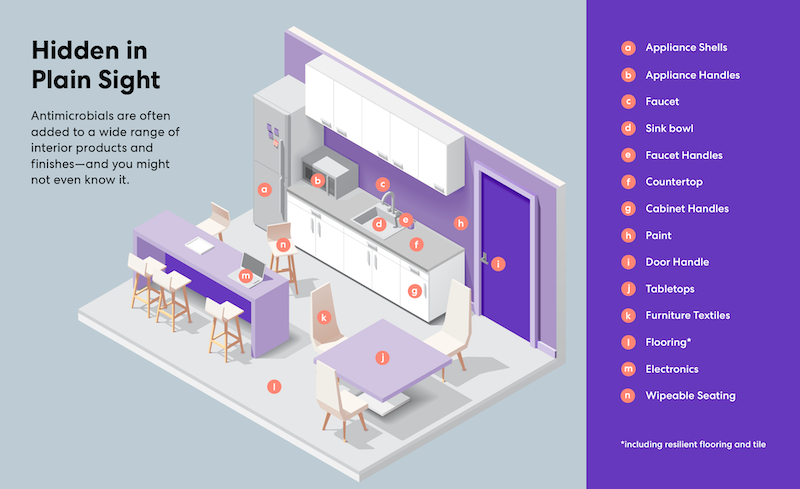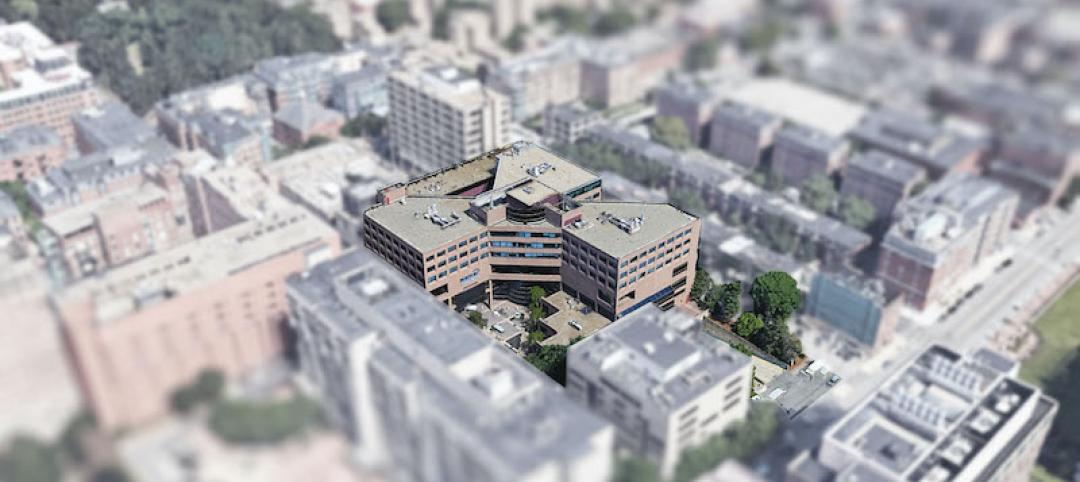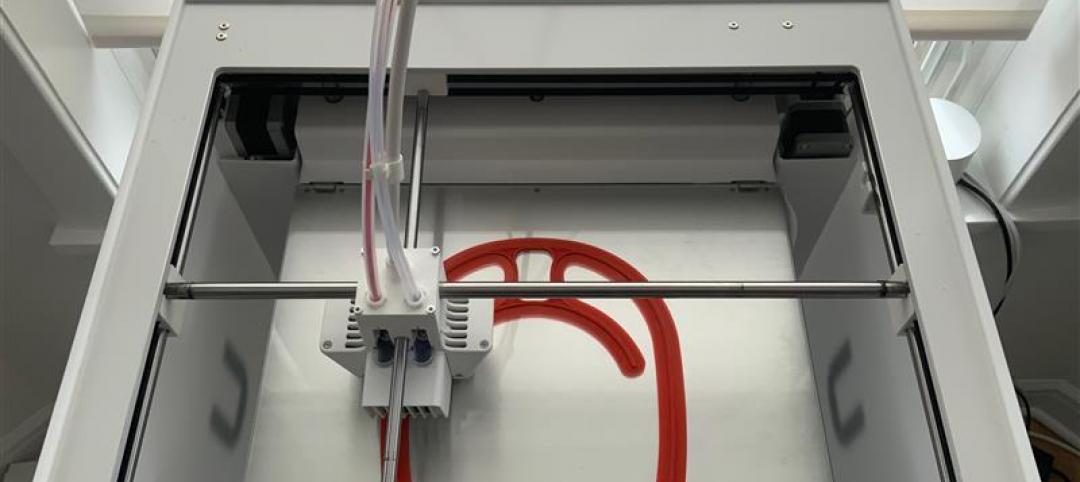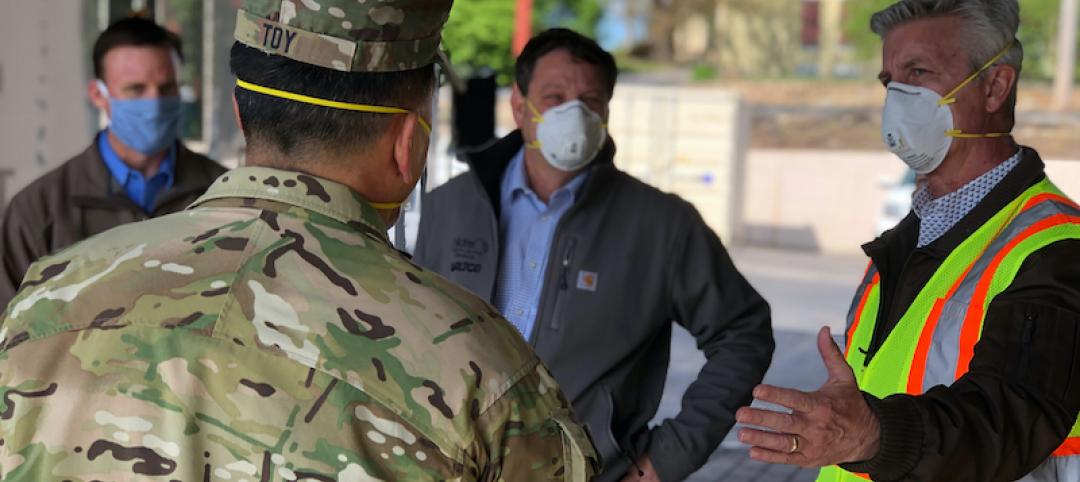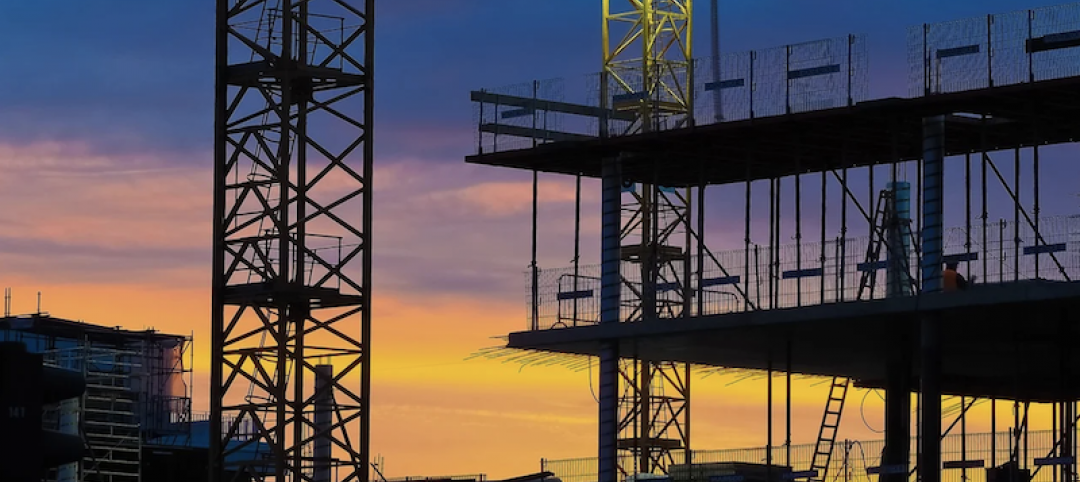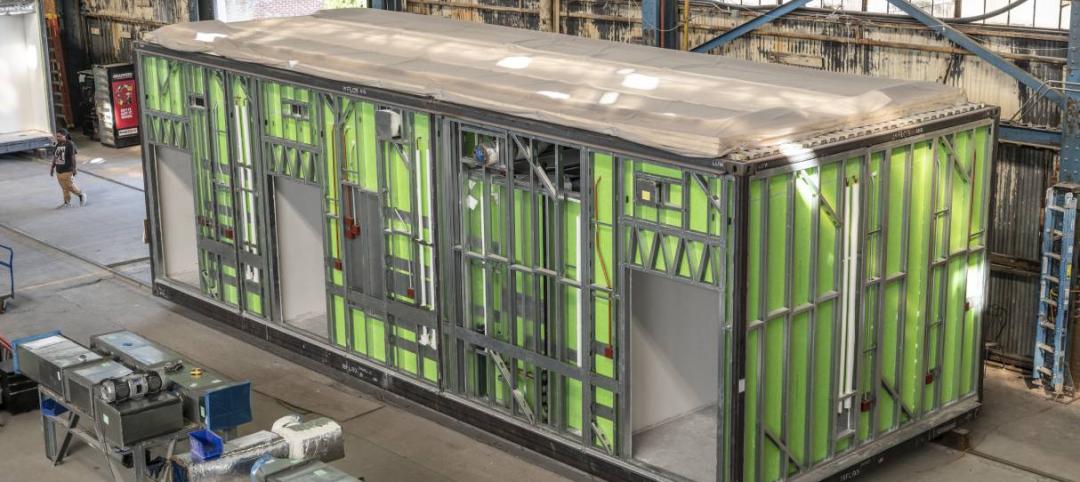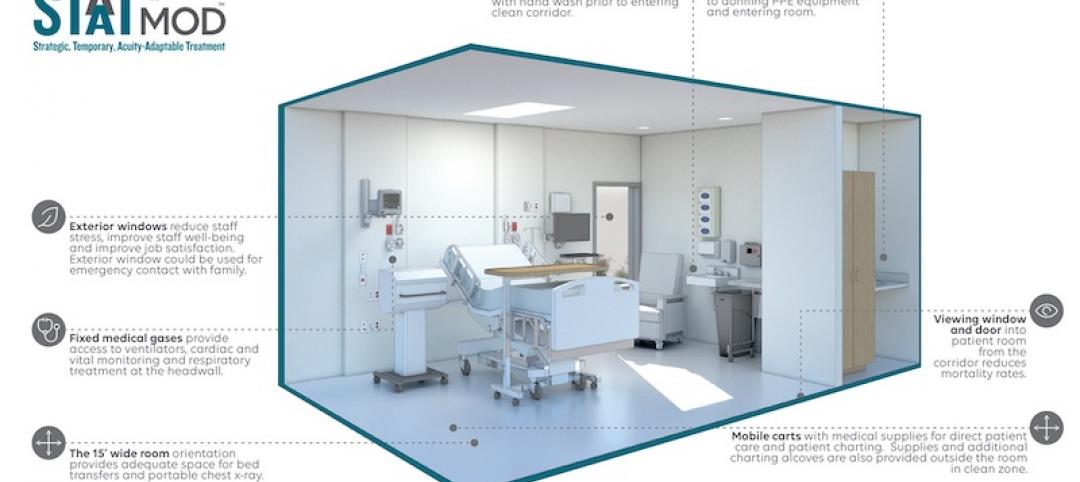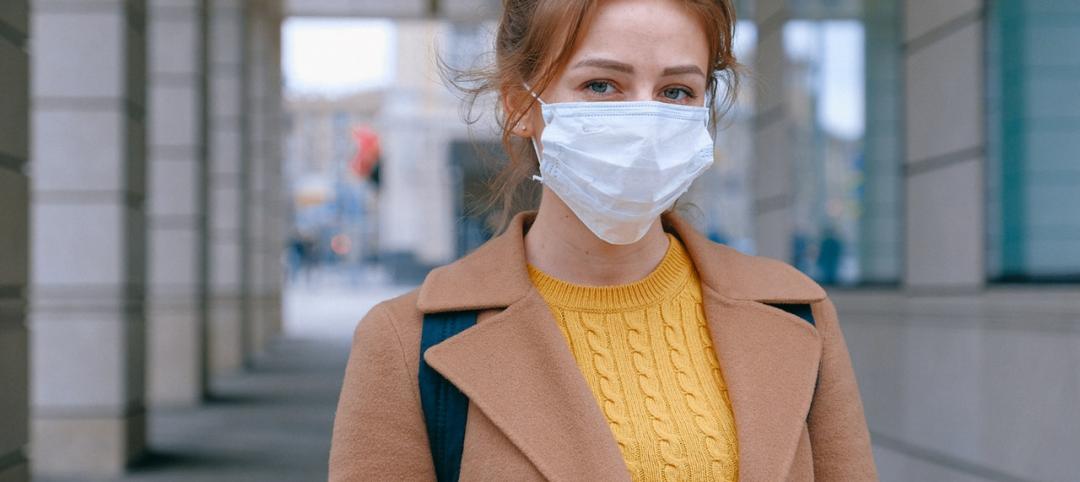According to Perkins and Will and the nonprofit Healthy Building Network, building products with antimicrobial treatments are not proved to be a safe or effective means of controlling the spread of COVID-19.
The two organizations issued a statement reaffirming the conclusion of their March 2017 white paper on antimicrobial building products: Antimicrobial additives have not been proven to have the health benefits they promote, and alternatives should be sought wherever possible. No scientific evidence exists that demonstrates any health benefits from antimicrobial additives in building products and materials. “There is no evidence that the addition of antimicrobials to building products lowers the rate of infection or that they lead to a healthier population,” said Teresa McGrath, HBN Chief Research Officer and Toxicologist. These products include textile, furnishings, flooring, tiles, and other surfaces and interior finishes.
It is quite the contrary, in fact, as evidence suggests that with repeated human exposure, antimicrobials can inadvertently contribute to the formation of “super bugs” that are resistant to medical treatment. Antimicrobial additives have also been shown to leach out of materials during use and enter drains and water treatment facilities. Some antimicrobials, such as nano silver, are considered toxic to humans and entire aquatic ecosystems. Another issue with antimicrobial products is that they can create a false sense of security, which may lead to a reduced role of proper cleaning and less-diligent facility maintenance.
Related Stories
Coronavirus | Apr 15, 2020
COVID-19 alert: 93% of renters in professionally managed multifamily housing paid some or all of their rent, says NMHC
In its second survey of 11.5 million units of professionally managed apartment units across the country, the National Multifamily Housing Council (NMHC) found that 84% of apartment households made a full or partial rent payment by April 12, up 15 percentage points from April 5.
Coronavirus | Apr 15, 2020
DCAMM teams with SLAM and Gilbane Building Company to re-occupy Newton Pavilion for temporary quarantine of homeless during COVID-19 pandemic
First and only quarantine shelter in Boston-area to convert a shuttered hospital for homeless patient occupancy.
Coronavirus | Apr 15, 2020
3D printing finds its groove fabricating face shields during COVID-19 crisis
The architecture firm Krueck + Sexton is producing 100 shields for a Chicago-area hospital.
Coronavirus | Apr 14, 2020
COVID-19 alert: Missouri’s first Alternate Care Facility ready for coronavirus patients
Missouri’s first Alternate Care Facility ready for coronavirus patients
Coronavirus | Apr 13, 2020
COVID-19 alert: City conducts a 'virtual building inspection' to allow Starbucks and bank to open
Bothell, Wash., issues a certificate of occupancy to developer after inspecting the property online.
Coronavirus | Apr 13, 2020
Construction layoffs spread rapidly as coronavirus shuts down projects, in contrast to job gains through February in most metros
Association officials urge quick enactment of infrastructure investment, relief for hard-hit firms and pensions in order to save jobs in construction and supplier industries.
Coronavirus | Apr 12, 2020
How prefab can enable the design and construction industry to bring much needed beds to hospitals, faster
The outbreak of COVID-19 represents an unprecedented test for the global healthcare system. Managing the pandemic—and saving lives—depends largely on the availability of medical supplies, including the capacity of hospitals. But the United States lags behind other nations, with only 2.8 beds per thousand people compared to 4.3 in China and 12.8 in South Korea.
Coronavirus | Apr 10, 2020
HGA and The Boldt Company devise a prefabricated temporary hospital to manage surge capacity during a viral crisis
A STAAT Mod system can be ready to receive patients in less than a month.
Coronavirus | Apr 10, 2020
COVID-19: Converting existing hospitals, hotels, convention centers, and other alternate care sites for coronavirus patients
COVID-19: Converting existing unused or underused hospitals, hotels, convention centers, and other alternate care sites for coronavirus patients
Coronavirus | Apr 9, 2020
COVID-19 Design Innovation Grant: IDA offers $14,000 to spur design innovation for combating the coronavirus pandemic
The International Design Awards is looking for innovations in low-cost ventilators, in-home isolation pods, and reusable masks.


